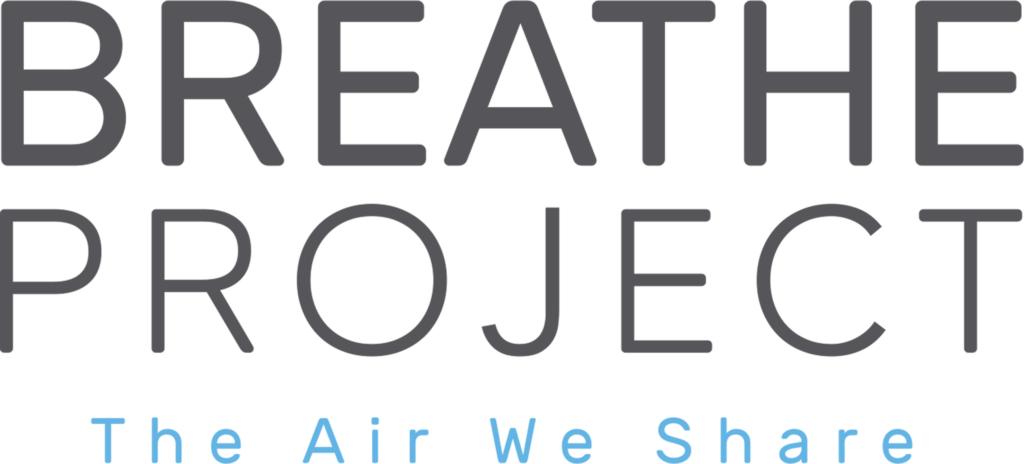Republished with permission from GASP
By GASP Pittsburgh
It was a white Christmas for the Pittsburgh region this year – but it was fog, not snow that blanketed the area for the holidays.
The cause? A strong weather inversion, one that also helped trap air pollutants closer to the ground, prompting a spike in fine particulate matter (also known as PM2.5). The Liberty-Clairton area appeared several times on the list of areas in the United States with the worst air quality index.
It wasn’t unexpected: The inversion and poor air quality it helped create prompted the Allegheny County Health Department to issue a special public statement warning the public of the health impacts associated with elevated levels of air pollution. The state Department of Environmental Protection sent out its own warnings, declaring Christmas Eve and Christmas Day as Code Orange Air Quality Action Days.
How bad was it? Today (Dec. 26, 2019) makes six days in a row that the Liberty monitor exceeded the 0.005 ppm 24-hour h2s standard. Preliminary data from ACHD also showed an exceedance of the 24-hour average PM2.5 NAAQS limit on Dec. 21, Dec. 22, Dec. 23, and Dec. 24 and Dec. 25.
ACHD’s statement about the inversion and heightened levels of air pollutants noted that officials had been “in touch” with major emissions source operator U.S. Steel, saying there was “no unusual activity” at the company’s Clairton Coke Works. The message also indicated that all of the company’s Mon Valley facilities were “operating within their permit limits.”
However, GASP’s Executive Director Rachel Filippini wanted to be sure to put the situation into perspective.
“Temperature inversions are natural weather phenomena that we cannot alter, but we do have the power to reduce the amount of pollution coming from local sources when we know one is taking place or is forecast to take place,” she said. “Given how poor local air quality has been, industry – especially in the Mon Valley – could and should be proactive and take steps to minimize the air pollution to which we are all subjected. And ACHD should do more to ensure these companies act like the good neighbors they claim they want to be.”
She added: “Even operating under normal conditions, U.S. Steel is permitted to emit tons of pollution each year. If the company can operate at a reduced production rate due to market conditions, surely it can be proactive about public health and operate less when stagnant air is predicted.”

